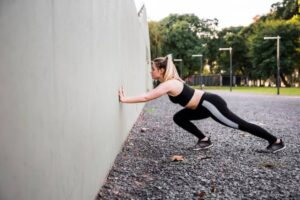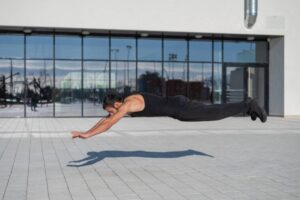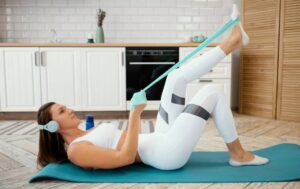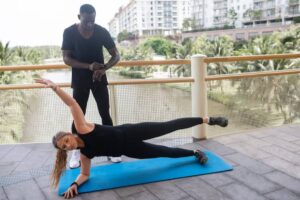The Fitness Blog
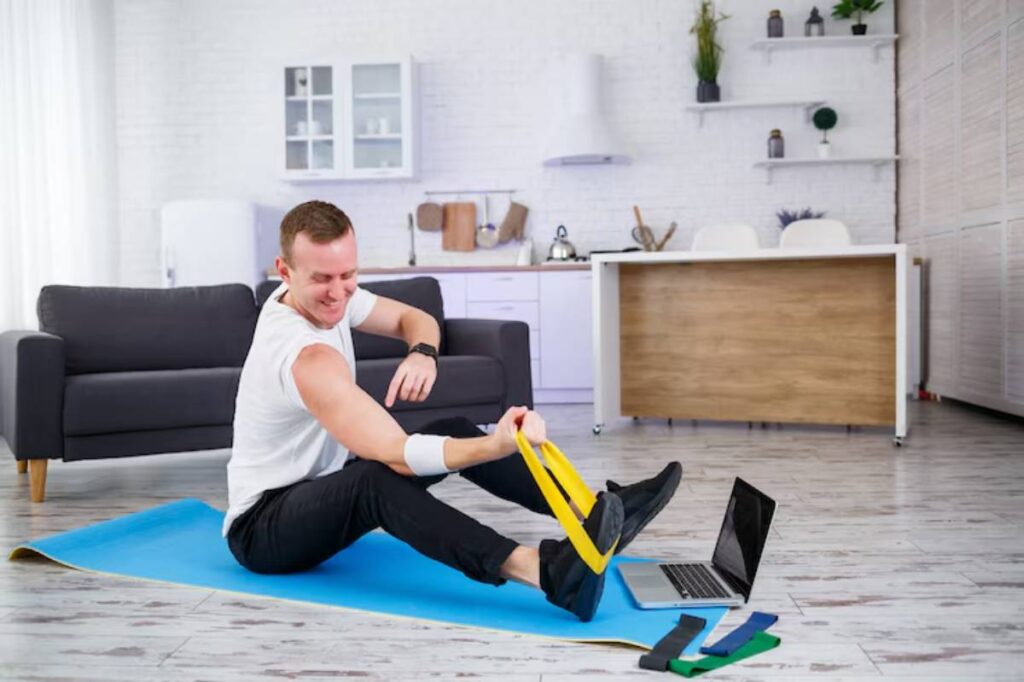
How to Build Strength at Home Without Any Equipment
Building strength doesn’t require a pricey gym membership or racks of heavy weights. Whether you’re a beginner or someone revisiting fitness, home strength training offers powerful benefits with zero equipment needed. Especially today, mastering a bodyweight strength plan ensures you’re never reliant on a gym to reach your goals.
In this comprehensive guide, we’ll explore how to harness no gym strength to transform your body at home, with practical steps, pro tips, and expert-driven strategies.
Understanding the Core: Why Strength Training Without Equipment Works
Strength training at home revolves around bodyweight exercises, where your own body acts as resistance. Contrary to popular belief, research shows bodyweight movements like push-ups, squats, and planks activate multiple muscle groups at once, delivering results comparable to weightlifting when done consistently.
Strength isn’t just about bulk. It’s about resilience, mobility, and everyday vitality—helping you move better, live longer, and avoid injuries.
Experts agree that building no gym strength enhances coordination, boosts metabolism, and even improves mental health. It requires a smart plan—progressively increasing challenge through angles, speed, and reps rather than lifting heavier metal.
Quick Guide / Checklist: How to Start Building Strength at Home
- Set realistic goals (e.g., “10 push-ups” or “2-minute plank”)
- Choose 4–6 core bodyweight exercises
- Structure workouts around full-body movements
- Maintain proper form above all else
- Progress weekly with reps, variations, or intensity
- Allow for recovery days
- Track your sessions to stay accountable
Step-by-Step Guide: Your Bodyweight Strength Plan
1. Set a Clear, Achievable Goal
Think “perform 20 perfect squats” rather than “get ripped”. It builds momentum.
Pro Tip: Start with goals that you can achieve in 4–6 weeks to keep motivation high.
2. Master the Essential Movements
Focus on these pillars:
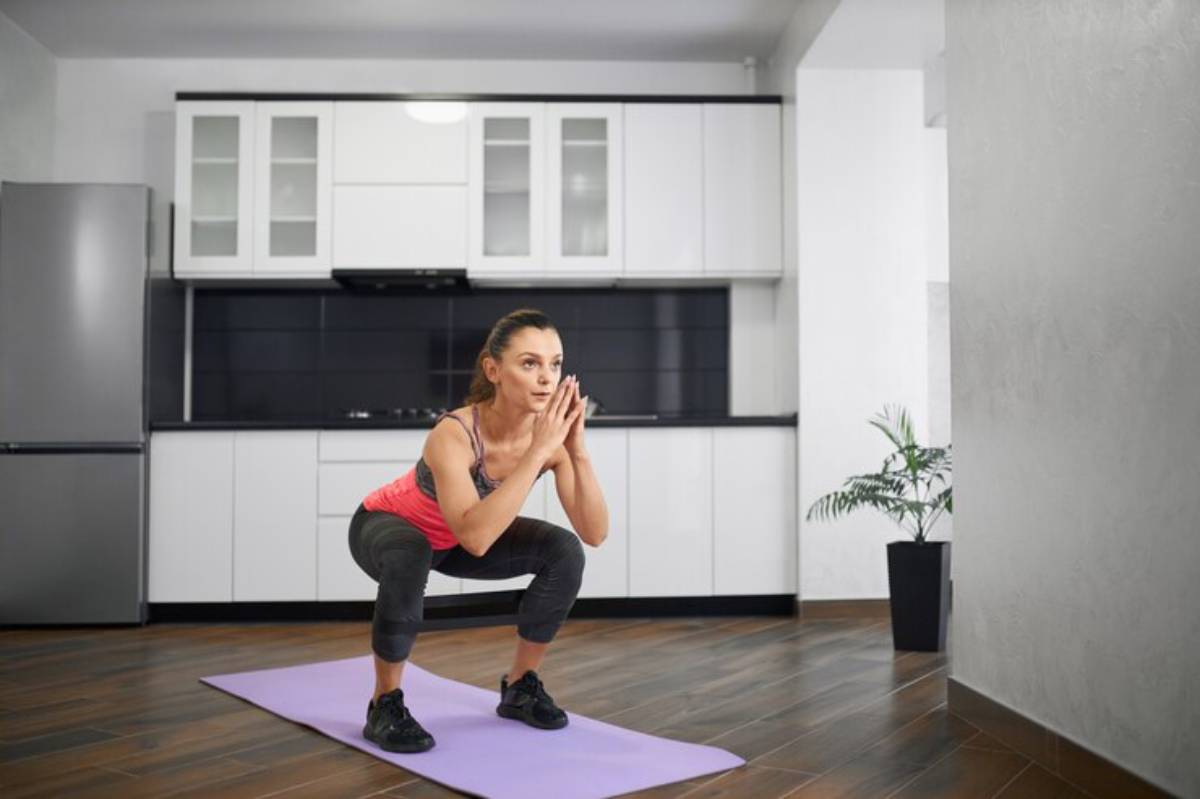
- Squats – Develop leg, core, and glute strength
- Push-ups – Build upper body and core muscles
- Lunges – Improve balance and lower-body power
- Planks – Strengthen your core foundation
- Glute Bridges – Activate posterior chain muscles
- Superman Holds – Enhance back strength and posture
3. Create a Simple Routine
Example Weekly Plan:
- Monday: Full-body (squats, push-ups, planks)
- Wednesday: Lower body (lunges, glute bridges)
- Friday: Upper body & core (push-ups, superman holds)
Secret Tip: Variety is key. Switching up hand positions or foot placements can radically change an exercise’s difficulty without needing equipment!
4. Focus on Form First
Poor form leads to injury and stalled progress. Record yourself or use a mirror initially.
- Squats: Keep knees over toes and chest up.
- Push-ups: Keep elbows tucked slightly back, not flared.
5. Progress Gradually
- Add reps (e.g., 15 squats → 20 squats)
- Slow down tempo (lower slowly, pause at the bottom)
- Advance the move (knee push-ups → full push-ups)
6. Schedule Rest and Recovery
Muscle builds during rest. Ensure at least one full rest day between heavy sessions.
Best Practices & Additional Insights for Home Strength Training
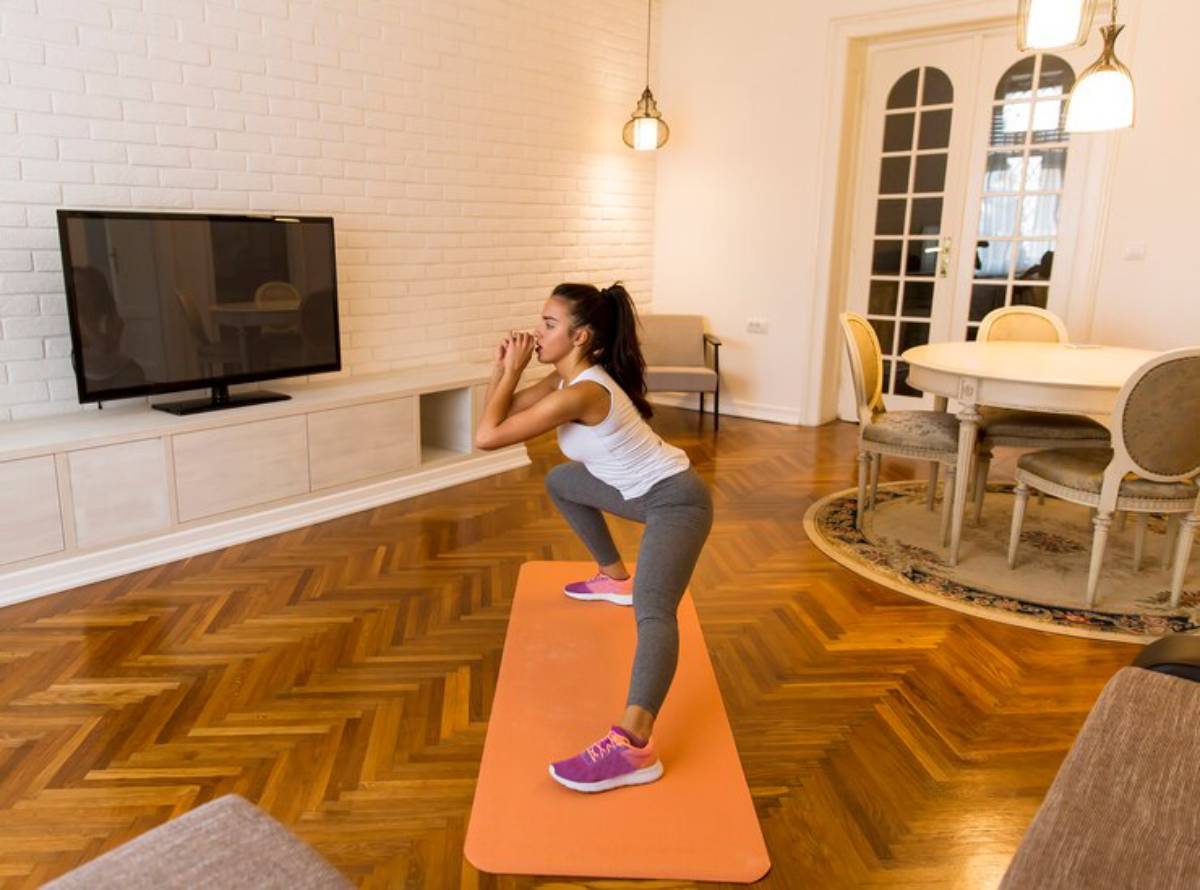
- Warm Up Properly: Five minutes of light cardio (marching, arm circles) reduces injury risk.
- Mix in Mobility Work: Yoga or stretching helps maintain joint health alongside strength.
- Mind the Core: A strong core stabilises every movement, from squats to standing tall.
Important: Think of your body as a kinetic chain—strengthening one link strengthens the whole system!
Personal Story: When I started my own no-gym strength journey, I underestimated the humble plank. Holding it for even 30 seconds challenged me. Fast forward three months of consistent practice, and I could hold a 2-minute plank while maintaining perfect form—and I felt it in everything from running to carrying shopping bags!
FAQs: Home Strength Training Without Equipment
Can I really get strong without lifting weights?
Absolutely. Bodyweight training builds real-world strength, especially for beginners and intermediate levels.
How often should I train?
Aim for 2–4 sessions per week. Recovery days are essential to prevent overtraining.
What if I’m a complete beginner?
Start with easier variations like wall push-ups or half squats. Progress as you grow stronger.
How do I keep it challenging over time?
Increase reps, slow down the movement tempo, or move to advanced variations (e.g., single-leg squats).
Is it okay to mix cardio with strength training?
Yes! You can alternate days or combine strength circuits with light cardio to enhance endurance and burn more calories.
Conclusion: Build Strength, Build Confidence
You now have all the tools needed to begin your bodyweight strength plan at home. Remember, home strength training is about consistency, smart progression, and listening to your body. No fancy machines. No excuses. Just you—building a stronger, healthier version of yourself with pure no gym strength.
Ready to start your journey today? Take your first step towards unstoppable strength!



